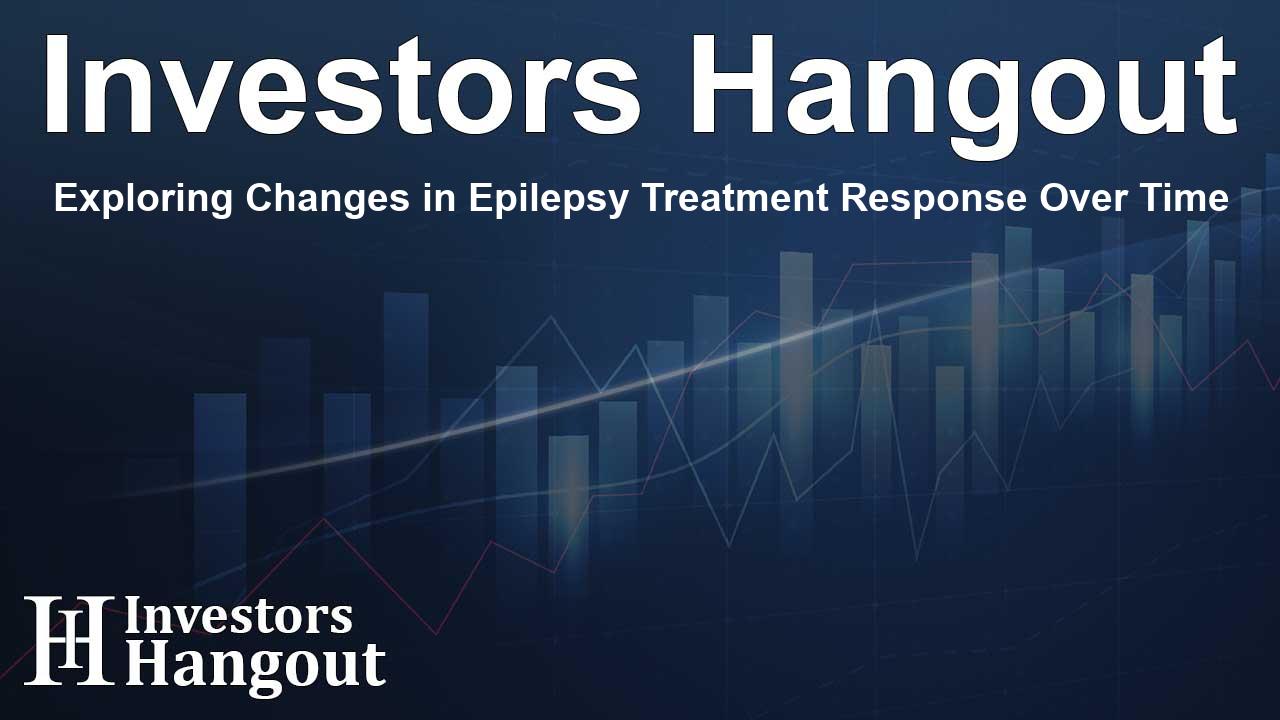Exploring Changes in Epilepsy Treatment Response Over Time

Understanding Focal Epilepsy and Treatment Challenges
Focal epilepsy is a prevalent form of epilepsy, where specific areas of the brain become excessively active, leading to a range of emotional and behavioral disturbances. Surprisingly, about one-third of patients diagnosed with this condition struggle with conventional treatment methods, often showing limited responses to the medications available. A recent study conducted by researchers has shed light on these challenges and has proposed that improvement may come with time, offering a new perspective on treatment strategies.
Study Insights and Potential for Improvement
This groundbreaking research assessed nearly 150 individuals classified as treatment-resistant, meaning they had not found effective relief after trying multiple antiseizure medications. Remarkably, almost 70% of participants experienced a reduction in seizure frequency over a monitoring period that spanned up to three years. This finding raises questions about the ingrained belief that once a patient fails several medications, they are unlikely to find a solution that works.
Dr. Ojas Potnis, who led the research at NYU Langone Health, pointed out that while complete seizure control was rare, many patients reported longer intervals between their episodes. The study revealed that nearly 13% of participants remained seizure-free for at least three months, while 8% were seizure-free for six months, and 3% achieved this for an entire year. These percentages, though seemingly modest, signal significant hope for improvement compared to previous studies that typically monitored patients for shorter durations.
Long-Term Monitoring and Data Collection
The research was part of the Human Epilepsy Project, aimed at understanding long-term responses to epilepsy treatments. The longitudinal study provided essential data by having participants diligently maintain electronic diaries to track their seizure occurrences, type, duration, and the medications they were taking. This comprehensive approach allowed the research team to identify patterns and correlations between medication adjustments and seizure frequency reductions.
Role of Antiseizure Medications
More than half of the participants noted a decline in seizures after introducing a new antiseizure medication during the study. Interestingly, the number of failed medication trials did not correlate with the success rate of seizure reduction, challenging pre-existing notions about treatment resistance.
Continued Research and Future Directions
As the researchers plan their next steps, attention will shift towards generalized epilepsy, which affects around a quarter of those diagnosed with epilepsy. The insights gained from the focus on treatment-resistant focal epilepsy lay a foundational basis for better understanding this broader category of seizure disorders.
The Bigger Picture: Implications for Patients and Providers
Dr. Jacqueline French, a neurologist and study co-senior author, emphasized the study's optimistic implications, stating that healthcare providers should remain committed to exploring a variety of treatments, regardless of how many therapies have already been attempted. This outlook fosters a proactive approach to managing patient care.
Despite the challenges in treating focal epilepsy, the study underlines a significant message: improvements can occur over time. Continuous evaluation and adjustment of treatment regimens might provide new avenues for patients who have long been considered treatment-resistant.
Conclusion: Hope for Focal Epilepsy Patients
The findings presented mark a pivotal point in epilepsy research, offering newfound hope to countless individuals grappling with this disorder. In an era where healthcare systems continually strive for better outcomes, it serves as a reminder of the importance of persistence and innovation in treating complex neurological conditions.
Frequently Asked Questions
What is focal epilepsy?
Focal epilepsy occurs when excessive electrical activity in specific brain areas leads to seizures, causing various emotional and behavioral symptoms.
What did the study find about treatment-resistant focal epilepsy?
About 70% of treatment-resistant participants saw a reduction in seizure frequency, indicating possible improvement over time.
How long did the study monitor participants?
The study observed almost 150 participants for up to three years, allowing for a comprehensive understanding of seizure patterns.
Why is long-term monitoring important?
Long-term monitoring helps identify trends in treatment responses and can reveal how medications may become effective over time for some patients.
What are the implications of this study for healthcare providers?
Providers are encouraged to continue seeking effective treatment regimens, even after multiple unsuccessful medication trials, to enhance patient care.
About The Author
Contact Ryan Hughes privately here. Or send an email with ATTN: Ryan Hughes as the subject to contact@investorshangout.com.
About Investors Hangout
Investors Hangout is a leading online stock forum for financial discussion and learning, offering a wide range of free tools and resources. It draws in traders of all levels, who exchange market knowledge, investigate trading tactics, and keep an eye on industry developments in real time. Featuring financial articles, stock message boards, quotes, charts, company profiles, and live news updates. Through cooperative learning and a wealth of informational resources, it helps users from novices creating their first portfolios to experts honing their techniques. Join Investors Hangout today: https://investorshangout.com/
The content of this article is based on factual, publicly available information and does not represent legal, financial, or investment advice. Investors Hangout does not offer financial advice, and the author is not a licensed financial advisor. Consult a qualified advisor before making any financial or investment decisions based on this article. This article should not be considered advice to purchase, sell, or hold any securities or other investments. If any of the material provided here is inaccurate, please contact us for corrections.
